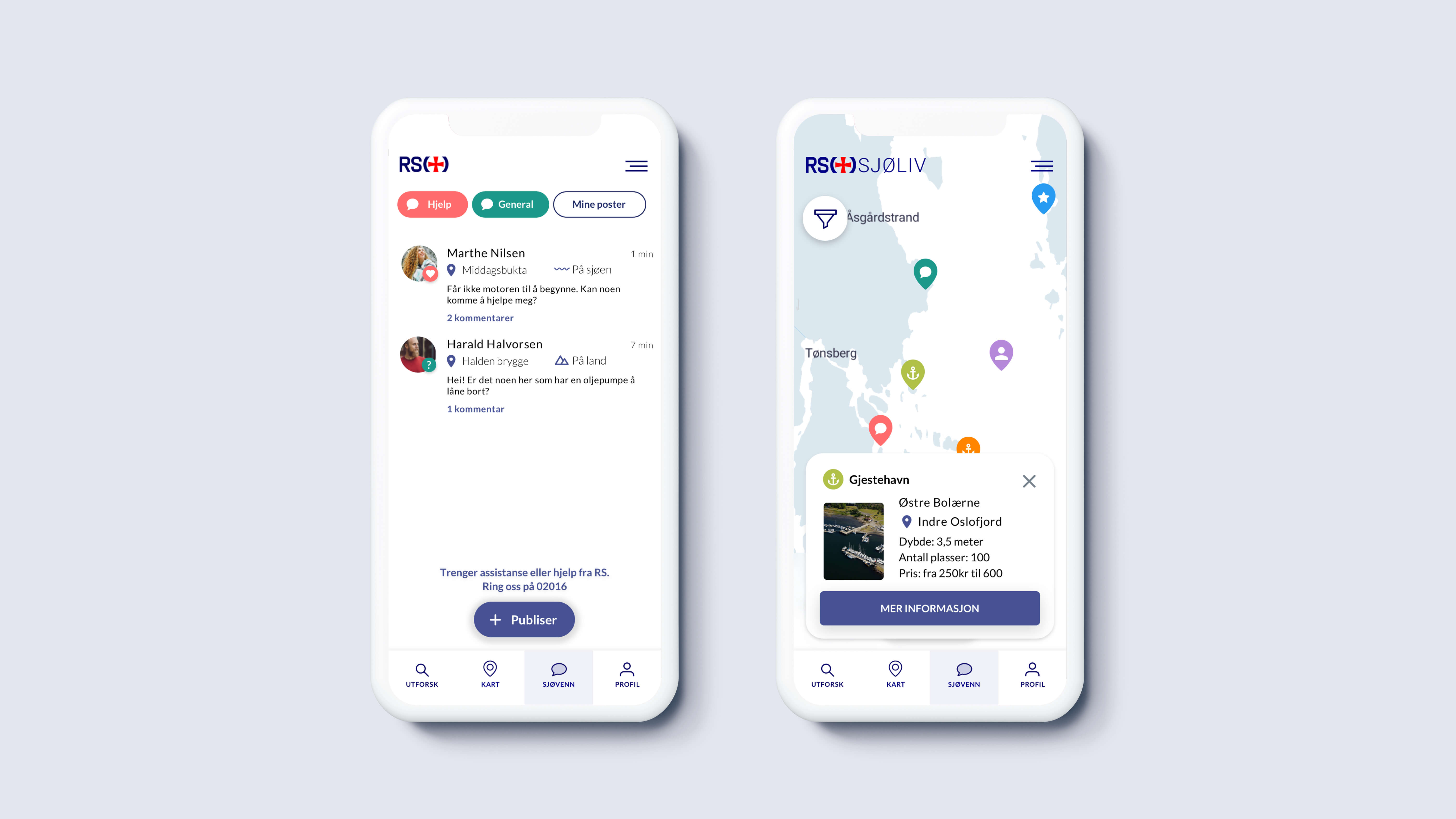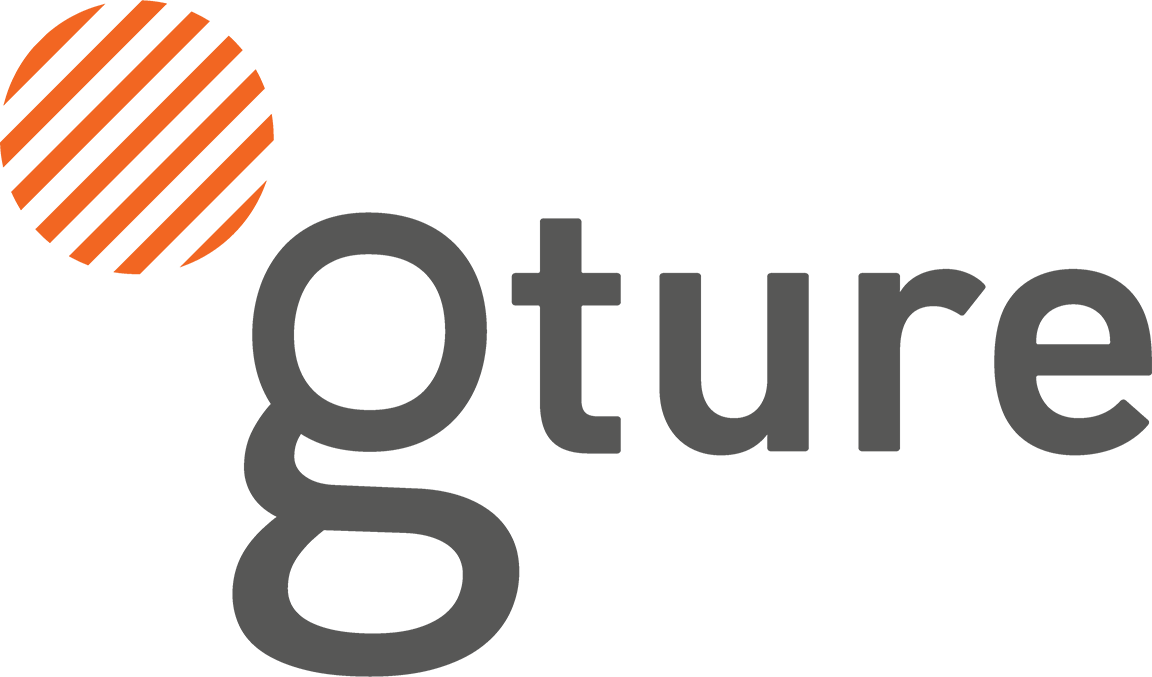Intervju med Martin direktør for digitale prosjekter i Redningsselskapet
De siste årene har Gture jobbet tett med Redningsselskapet på ulike digitale prosjekter. Redningsselskapets visjon er at “ingen skal drukne”. Denne visjonen betyr å redde liv, berge verdier og å forebygge. I dag er det mer teknologi, data og informasjon enn noen gang, som muliggjør bruken av digitale verktøy for å oppnå denne visjonen.
RS lanserte «Den Digitale Redningsskøyta» i mars 2021 som skal være med å redde enda flere liv på og ved sjøen. Gture er stolte av å ha vært med på denne reisen og har sammen med RS utviklet flere konsepter og tjenester. Ett av konseptene er RS Sjøliv som bidrar til å digitalisere Redningsselskapet. Dette gjøres gjennom å tilby ulike aktiviteter for folk på sjøen og varsle brukere dersom noen har behov for hjelp eller råd. På denne måten skaper plattformen et sikkert «community» for alle som liker å oppholde seg i og rundt den norske kyst og støtte oppunder det overordnede formålet om å redde liv. En annen tjeneste er «RS Båtkort» som har et fokus på å øke kunnskapen til sjøs ved å digitalisere maritime kurs og sertifiseringer. Plattformen vil kvalitetssikre den maritime kompetansen, ikke bare kunnskapen til folk til sjøs, men også øke kvaliteten på opplæring.
Vi tok en prat med Martin Fuhr Bolstad som er direktør for prosjekter i Redningsselskapet. Han har blant annet ledet utbyggingen på Langgrunn og jobber med å utvikle formålsrettede digitale tjenester som Sjøliv og Båtkort.

Martin, hva er det beste med å jobbe med Redningsselskapet?
Det er å jobbe for et formål som det er lett å identifisere seg med og å jobbe med mennesker som identifiserer seg med det samme. De er veldig lett å se at man jobber mot samme mål og sånn er det ikke alltid i en virksomhet. Det er gøy å kunne bruke kapasiteten sin til noe som kommer alle til gode.
Kan du fortelle litt om hvorfor det er viktig med digitalisering i RS og hva dere ser på som viktig fremover når det kommer til digitale muligheter?
Digitalisering kan man gjøre av enten nødvendighet eller lyst – eller gjerne begge deler. Jeg tenker det i hovedsak handler om å ta muligheter. Jeg ser at andre sier ting som at «hvis du ikke innoverer er du ute av markedet på et vis». Vi er heldig i RS at med redningsskøytene har vi en kapasitet som har vart i 100 år – noe som kan endre seg, men som også kan vare i 100 år til.
Med Den Digitale Redningsskøyta tenker vi på hvordan vi kan bruke teknologien til å nå visjonen om at «ingen skal drukne». Det handler om å gi folk mer kunnskap og ferdigheter, og å gi folk rett kunnskap. Har du det kan du nyttiggjøre info på en bedre måte, og du kan gjøre redningsaksjoner mer korrekte og øke sannsynligheten for å lykkes. Vi kan også utnytte teknologi og digitalisering for å gjøre aksjoner på sjøen mer bærekraftig.
Det korte svaret på spørsmålet at vi ønsker å digitalisere for at ingen skal drukne.

Hva tror du er viktig for at man skal lykkes med Den Digitale Redningsskøyta?
Skape gode løsninger som de på sjøen synes er nyttige for dem. Folk tar mye lettere i bruk teknologi som de synes er morsomt å holde på med enn det som kun skal brukes når man er i nød. Man er nødt til å bake denne sikkerhetsteknologien sammen med tjenester som de som er på sjøen har nytte av hele tiden. Det er viktig å forstå hvem som ferdes på sjøen, og hvordan de bruker sjøen, og vi må inspirere folk til å lære. Mye ligger i kunnskap og ferdigheter, ved å gi relevant informasjon så man kan forhindre at situasjoner skjer.
Kan du fortelle om litt om planene fremover?
I sommer har vi hatt en testperiode og vi har fått en interessant lærdom synes jeg – kanskje mest interessant er det vi har observert med «chatten» på Sjøliv-plattformen. Vi ser at i Sjøliv, hvis noen ber om noe, så får de svar og de får gode svar. Det andre er at terskelen for å stille spørsmål er litt høy. Så hvordan motiverer man de som er på sjøen til å i større grad spørre folk rundt seg?
Vi ser også at det er viktig å tenke på brukergrupper og deres kundereiser. Kajakkfolk har et behov, seilefolk har et annet behov og foreldre på sjøen eller ungdom har andre behov – så hvordan lage gode og unike tjenester for dem?Jeg synes vi skal tenke i den retningen at vi ser etter helt spesifikke brukergrupper, og ser etter hvordan vi skal tilrettelegge for dem. Også har vi snakket om å komme videre i å generelt bruke data på bedre måter og å tilgjengeliggjøre for ulike eksterne og interne tjenester.

Til slutt, hvordan har det vært å jobbe med Gture?
Det er spennende å se at en organisasjon som Redningsselskapet kan få noe ut av å jobbe med en sånn type nettverksmodell som Gture har. At vi får den kompetansen vi trenger, når vi trenger den. Det å gå rett på og skaffe utviklere i utlandet tror jeg ikke vi helt hadde klart, så å jobbe i en hybridmodell med Gture lokalt og partnernettverket synes jeg er spennende. Jeg tenker at det er en modell som Redningsselskapet bør se på hvordan vi kan få mer ut av.
For å se mer gå inn på: https://sjoliv.rs.no/explore
In Gture, we connect dreamers with doers.
Book a meeting to help your company digitalize your business.


